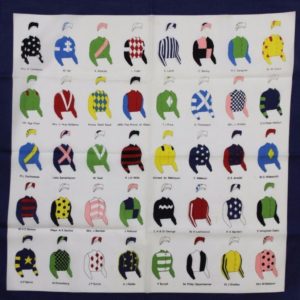What is a claiming race?
Not to be confused with a claiming jockey, a claiming race is a race in which every horse can be bought or ‘claimed’ for a set value, regardless of its finishing position, afterwards. Claiming races may have different eligibility conditions, but essentially all work the same way. Subject to the top claiming price, the weight carried by each horse is linked to its claiming price; a trainer can reduce the weight carried, typically by £1,000 per lb, by reducing the claiming price when making the entry. However, once the claiming price is set, it is printed on the race card and the horse cannot be bought for more or less than this price.
If and when a horse is claimed, the original owner remains liable for race entry fees, jockey fees, etc. but, by the same token, retains any prize money due. Of course, the original owner may not wish to lose the horse, in which case he or she may make a so-called ‘friendly’ claim, in person or via an agent. Once claimed, the horse immediately becomes the responsibility of the new owner. If the same horse is subject to two or more claims, the successful claimant is determined by ballot.
Not to be confused with a claiming jockey, a claiming race is a race in which every horse can be bought or ‘claimed’ for a set value, regardless of its finishing position, afterwards. Claiming races may have different eligibility conditions, but essentially all work the same way. Subject to the top claiming price, the weight carried by each horse is linked to its claiming price; a trainer can reduce the weight carried, typically by £1,000 per lb, by reducing the claiming price when making the entry. However, once the claiming price is set, it is printed on the race card and the horse cannot be bought for more or less than this price.
If and when a horse is claimed, the original owner remains liable for race entry fees, jockey fees, etc. but, by the same token, retains any prize money due. Of course, the original owner may not wish to lose the horse, in which case he or she may make a so-called ‘friendly’ claim, in person or via an agent. Once claimed, the horse immediately becomes the responsibility of the new owner. If the same horse is subject to two or more claims, the successful claimant is determined by ballot.
 They help identify each horse in a race, the owner choosing their design such as shapes and colours. This consists of a top and cap. The cap may be a different colour and design from the top.
They help identify each horse in a race, the owner choosing their design such as shapes and colours. This consists of a top and cap. The cap may be a different colour and design from the top.